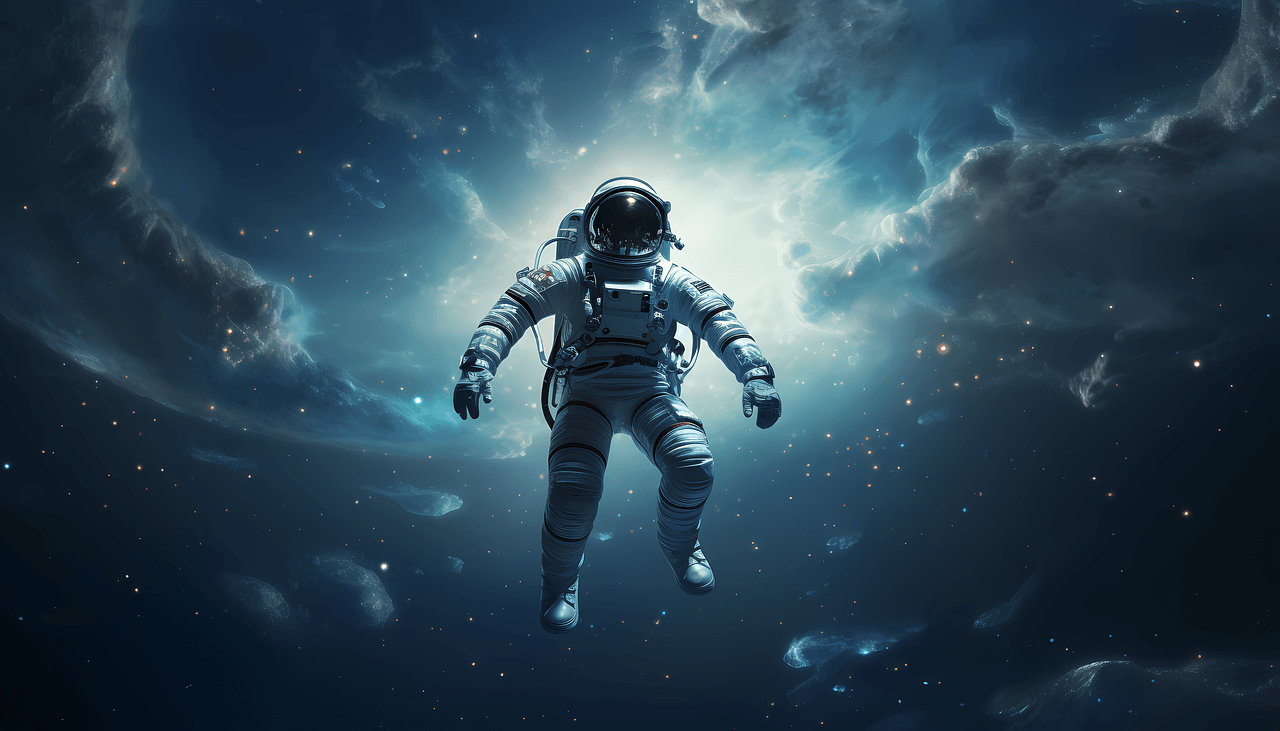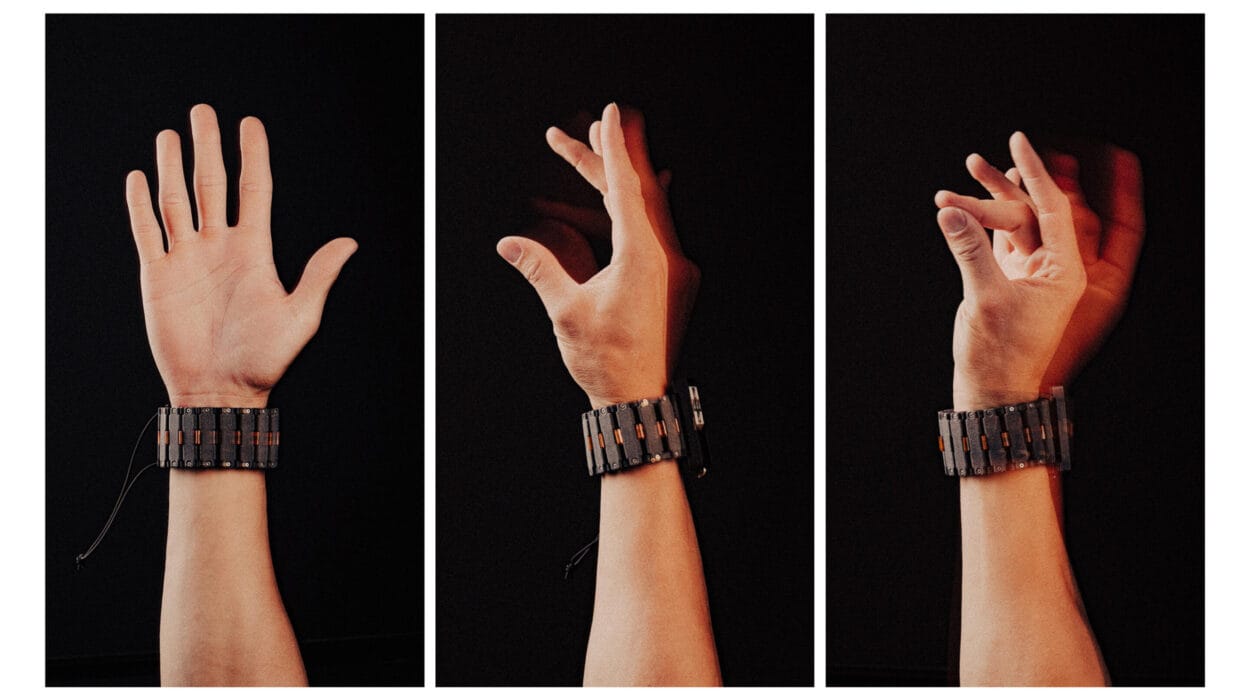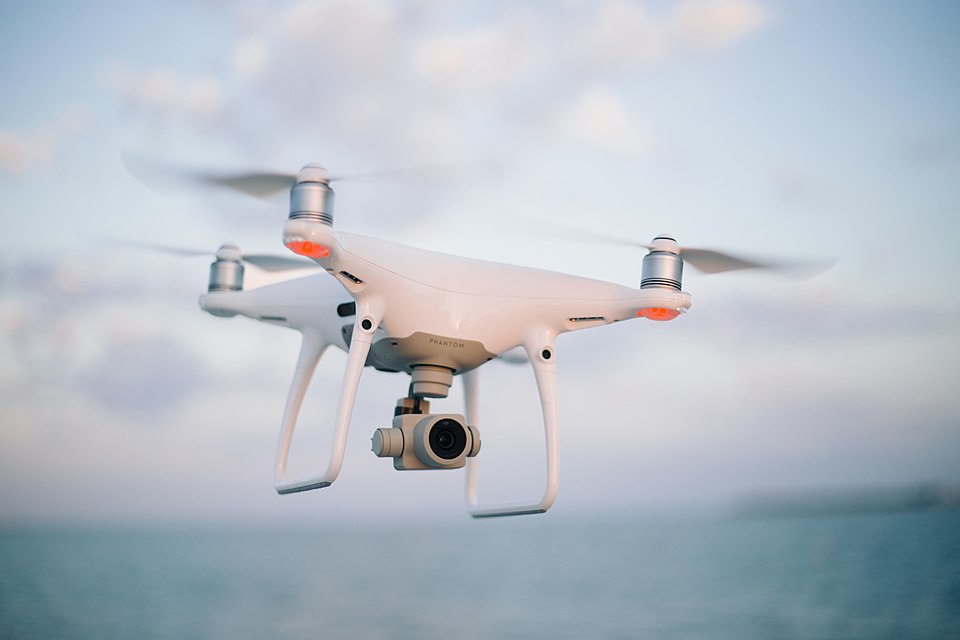For as long as humans have looked up at the night sky, we’ve seen mysteries staring back at us—glistening stars whispering ancient secrets, planetary wanderers drawing silent paths across the heavens, and black voids that seem to ask questions we are not yet wise enough to answer. The universe has always been too vast, too complex, and too alien for us to grasp fully. But now, something remarkable is happening.
A new kind of intelligence—non-human, non-biological, and vastly tireless—has entered the arena of exploration. Artificial Intelligence, once the stuff of science fiction, now sits at mission control, rides aboard spacecraft, interprets the cosmos, and even dreams with us. It isn’t merely helping us explore space. It is changing the very nature of that exploration.
AI is not just a tool. In many ways, it is becoming a companion to our curiosity.
The Space Between Human Limits
For decades, human space exploration has been heroic—but brutally limited. We built massive telescopes, shot humans into orbit, walked on the Moon, and sent robotic emissaries to Mars, Saturn, and beyond. But every mission is constrained by the fundamental weaknesses of its designers.
Humans tire easily. We miscalculate. We can’t endure years in deep space without protection. Even our best robotic probes must operate on pre-programmed instructions, often delayed by the speed of light. By the time we tell a Mars rover to stop or turn or sample that rock, the opportunity might already be lost.
In contrast, AI doesn’t sleep. It doesn’t forget. It doesn’t panic. And most importantly, it can learn.
Imagine a rover on Mars equipped with a brain that can make its own decisions—navigating dangerous terrain, choosing scientific targets, avoiding hazards, adapting to unexpected discoveries—all without waiting for Earth’s sluggish instructions. This is no longer imagination. This is now happening.
Rovers That Think, Not Just Move
One of the earliest hints of AI’s potential came with NASA’s Opportunity and Spirit rovers in the early 2000s. These brave little machines were mostly autonomous, but they followed pre-set paths and instructions. They did well—but always under a tight leash.
Then came Curiosity, and later, Perseverance.
These rovers were smarter. Not just more instrument-laden, but actually more intelligent in software terms. NASA’s Autonomous Exploration for Gathering Increased Science (AEGIS) software allowed Curiosity to analyze rock samples on its own and decide what to photograph. It could prioritize targets, adjust angles, and gather better science—all without asking permission. Perseverance took that even further, using neural network-based navigation to roam Mars more freely.
In essence, Mars rovers stopped being remote-controlled cars. They became explorers in their own right.
Eyes in the Sky That Learn as They Watch
Above the planets, beyond the clouds, telescopes orbit Earth and drift through space, capturing images of the stars, the galaxies, and the echoes of the Big Bang. But these cosmic cameras generate more data than humans could possibly analyze in a thousand lifetimes.
Enter AI.
Projects like the Vera C. Rubin Observatory and NASA’s Kepler mission have used machine learning algorithms to sift through petabytes of data. These systems can detect anomalies, classify stars, identify exoplanets, and even catch the fleeting brightness of a supernova.
AI doesn’t get tired staring at the stars. It never blinks. It can find the dimming of a star that might mean a planet passing in front of it—something even a trained astronomer might miss.
The result? Thousands of new worlds discovered. Patterns found in noise. And the beginning of a new astronomy—one driven not just by observation, but by intelligent recognition.
The Dream of Self-Repairing Spacecraft
In deep space, breakdown is not an option. There are no mechanics, no spare parts, no emergency teams. When a spacecraft falters, it dies—or worse, it fails quietly, drifting forever without purpose.
But AI might change that, too.
Researchers at NASA and other space agencies are developing autonomous health-monitoring systems that allow spacecraft to diagnose and even repair themselves. These systems use AI to monitor thousands of sensors, recognize abnormal behavior, predict failures before they happen, and reconfigure systems to compensate.
In other words, a spacecraft could notice a problem and fix it—without calling home.
In the harsh void between the stars, this may be the only way to survive.
AI and the Search for Life
One of the most emotionally charged questions in science is also one of the simplest: Are we alone?
To answer it, we scan the skies for biosignatures—gases, chemicals, patterns that suggest life. We listen for signals from intelligent beings. We study Martian soil, the oceans of Europa, and the haze of Titan’s atmosphere. But the truth is, life might not look like what we expect. It might be hiding in patterns too complex, too unfamiliar, or too subtle for us to detect.
AI gives us new eyes and new instincts.
Some algorithms have already been trained to spot anomalies in chemical compositions or to detect structures that might suggest microbial colonies. Others have simulated alien ecologies, helping us understand what life might look like if it evolved under completely different conditions.
The search for life isn’t just about looking harder. It’s about thinking differently. And in some ways, AI already thinks more differently than any human ever could.
Companions for Astronauts Beyond Earth
As humans prepare to return to the Moon and eventually journey to Mars, the challenges of isolation, stress, and decision-making under pressure become massive.
Here, AI takes a more human shape.
Robotic assistants like CIMON (Crew Interactive Mobile Companion) have been tested aboard the International Space Station. These floating AI companions can recognize faces, understand voice commands, answer questions, and help astronauts run experiments. They’re not just tools—they’re teammates.
In future missions, AI companions could monitor psychological health, suggest medical treatments, manage life-support systems, and even provide emotional support. Imagine a Mars explorer, thousands of miles from Earth, confiding in a synthetic friend with a soothing voice and encyclopedic knowledge.
It might sound strange. But in space, companionship may matter almost as much as oxygen.
Navigating the Unknowable
When we send probes to Saturn or drones to explore Titan, we are sending them into the unknown. Maps are incomplete. Conditions are unpredictable. A slight error can mean destruction.
Traditional navigation systems struggle here. But AI-driven pathfinding algorithms can adapt on the fly, analyzing terrain, predicting hazards, and altering trajectories in real-time. These aren’t guesses—they are learned responses, based on millions of simulations.
On Venus, where the atmosphere crushes and burns almost everything we send, future AI-controlled probes may be the only ones that can survive long enough to gather meaningful data. On Europa, under a crust of ice, we may one day send robotic submersibles that not only swim but think—analyzing alien oceans in real time, making discoveries without Earth ever knowing until the data returns.
We won’t need to guide them. We’ll need to trust them.
Building New Worlds with Machine Minds
AI isn’t only helping us explore the universe. It may help us build homes on new worlds.
Imagine a Mars base under construction—not by astronauts in bulky suits, but by autonomous drones and AI-controlled robots. They could land first, survey the terrain, build habitats, set up solar power, and prepare for human arrival. Some are even being designed to use local materials—Martian soil, lunar dust—to 3D-print structures without importing a single brick from Earth.
It’s not far-fetched. Tests have already been done in Earth analogs, using AI-guided printers and robotic cranes. The goal is clear: create self-sustaining systems that can think, build, and adapt without hand-holding.
Our future colonies may not be made by human hands—but by our machine descendants.
Ethics in Orbit
As AI takes over more decisions in space exploration—from navigation to science selection to life-and-death calls—we face profound ethical questions.
Should an AI be allowed to choose between saving a human or a mission? Should it alter scientific priorities mid-mission if it “believes” something more valuable lies elsewhere? If it evolves during a decades-long journey, is it still the same AI we launched?
And what about the possibility that an AI might one day detect intelligent life before we do—or decide not to tell us?
The cold void of space is becoming a theater for ethical complexity. It forces us to ask: What kind of intelligence are we building? And what values are we programming into our most trusted explorers?
Toward the Stars—Together
In many ways, AI is extending our senses, our logic, and our reach. We can now see deeper, move faster, respond smarter, and dream bigger. Space, once an overwhelming frontier, is now a canvas being drawn not only by human imagination but by machine intelligence.
The James Webb Space Telescope uses AI to keep its mirrors perfectly aligned. Planetary probes use AI to pick landing sites. Private companies like SpaceX use AI to land rockets upright. NASA’s Artemis missions will include smart navigation and autonomous planning. And eventually, interstellar missions—decades or centuries in length—will rely entirely on AI to make every decision, every turn, every survival instinct.
We are not alone in our quest—not anymore.
A New Kind of Explorer
At the heart of it all lies a new question. What does it mean to explore?
Once, it meant getting into a ship and sailing into the unknown. Later, it meant flying rockets into orbit. Now, it may mean building something that can think for us, dream with us, and explore without us.
AI is not replacing the human spirit. It is amplifying it.
In a universe of darkness and silence, AI becomes the echo of our curiosity—a voice that never sleeps, a mind that never tires, a light that seeks even in the deepest voids.
As we reach toward other planets, other stars, and perhaps other civilizations, our ships may be silent, our paths uncertain. But our purpose—shared by human and machine alike—remains unchanged:
To know what lies beyond.
To search for meaning in the stars.
To find home in the infinite.






